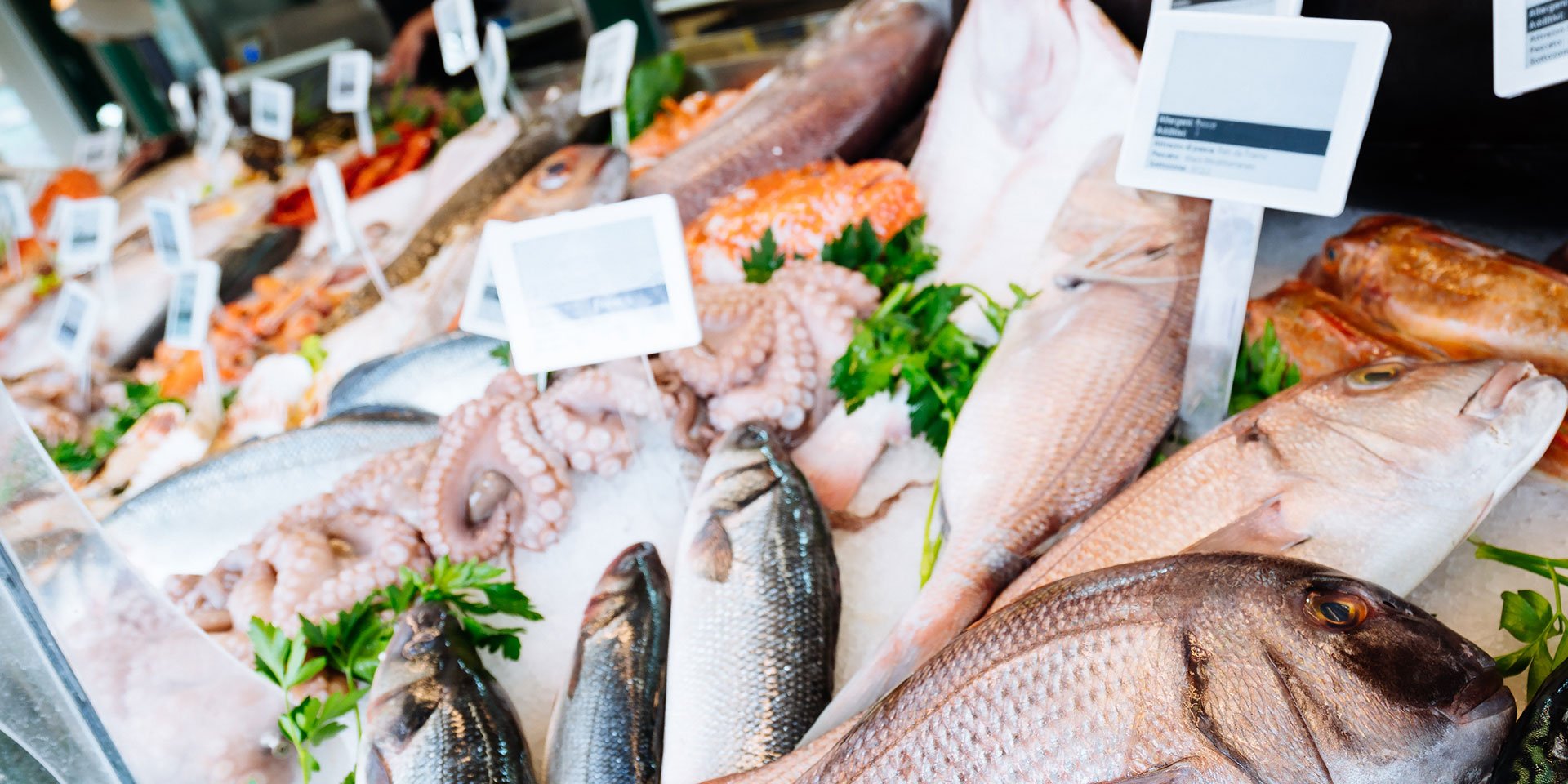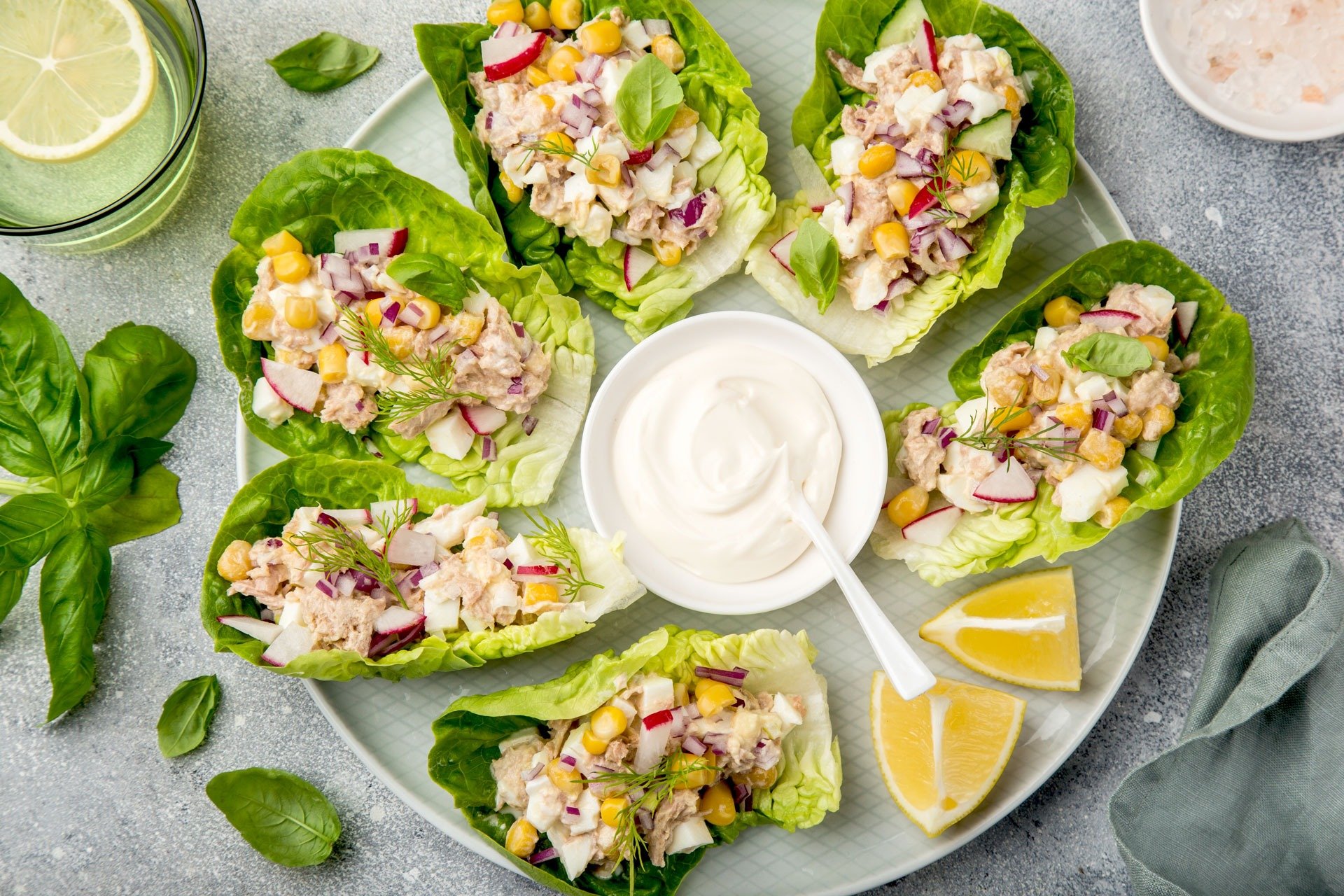Real Food Encyclopedia | Black Cod
Black cod, Noplopoma fimbria, goes by several different names. It is often labeled “sablefish” because its skin has a furry feel, reminiscent of a fur coat. It is also called “butterfish,” a tip of the hat to its super rich flavor (but not to be mistaken with Atlantic butterfish, which is a different species). It is also called “Alaskan cod,” reflecting the location of the largest black cod fishery. Want black cod sushi? Ask for “gindara.”
Black cod have dark grayish-green to black bodies covered in black, feathered scales with a pale grey or white belly. They grow to about four feet long. The fish can be purchased frozen but have better texture when cooked fresh. Be careful to remove the tiny pin bones before cooking.
Did you know?
- Black cod are not a cod at all but is from an entirely different family.
- Because they lives so deep down in the ocean, they are rarely caught by sports fishermen.
- Indigenous Americans have enjoyed black cod dinners for centuries. The Makah people of the Pacific Northwest captured their prized fish using gear made from found materials like kelp fishing lines and hemlock hooks.
Sustainability of black cod
Black cod are one of the most plentiful and sustainable fish on the west coast of the United States. They mature early, at around five to seven years, and spawn yearly, replenishing their stocks readily. Black cod is listed as a “Good Alternative” or “Best Choice,” depending on the fishing method and stability of the fishery, by the Monterey Bay Seafood Watch, which rates the sustainability of edible seafood choices. The fish eat a varied diet of fish, squid, jellyfish and crustaceans, so they don’t put pressure on any vertical food source.
Although black cod is not widely farmed, experimental operations are in the works, including a project sponsored by the Jamestown S’Klallam Tribe who is seeking a grant to establish a penned facility off the coast of Washington state. Some forms of fish farming raise not only environmental concerns but can threaten to lower the value of prized wild fish stocks.
Seasonality
Seventy percent of black cod are caught in Alaska where they are fished between March and November. While increasing in popularity stateside, 95 percent of the domestic catch is exported to Japan.
Geography
Black cod swim the waters from central Baja California to Japan and as far north as the Bering Sea. They are deep-sea fish that can live up to 5,000 feet (1,500 meters) below the sea and are bottom dwellers. The fish are highly mobile in their early years. Some juveniles have been found to migrate over 1,900 miles (3,000 kilometers) in just six years. They are extremely long-lived, some reaching over 90 years of age.
Eating black cod
Storing
Black cod can most commonly be found fresh, frozen and smoked. Like all fish, without further preservation in place, you will enjoy the best quality soon after landing the fish. Keep fresh, raw fish in the refrigerator for no more than a day or two. When well-wrapped and frozen, the fish will keep for six to eight months. Smoked black cod can be refrigerated for five to eight days and frozen for two months.
Cooking
The high fat content of black cod meat makes it good for pureeing for mousse, dips and fillings. The meat is so rich that it’s hard to overcook, and it takes well to high heat applications that encourage caramelization. Black cod benefits from being paired with salty or acidic flavors that cut the richness of the fish. It is delicious baked, broiled, grilled, pan sautéed and poached.
Preserving
In this past century, black cod has been a darling of New York Jewish cuisine. Niki Russ Federman, fourth generation co-owner of the Jewish specialty shop, Russ & Daughters, describes the tradition of a category of food called “appetizing” that is essentially ready-to-eat, non-meat foods with a prolonged shelf-life, such as smoked and cured fish. These foods, as she describes, were the basis of a New York-centric food tradition that grew up around the need for Jewish immigrants who worked long hours to have meals that were easy to assemble after a long day’s work.
Because of its high oil content, black cod (labeled “sable”) is great for smoking; like barbecuing fatty meats, the flavor of the char is a perfect counterpoint to the unctuous quality of the fish. Its low price point also meant that it was an affordable alternative to pricier catches and a popular choice for the working class Jewish population of the Lower East Side.
In Japan, there is a centuries-old tradition of curing black cod in miso and sake lees, a by-product of the sake making process, to extend the fish’s shelf life. In 1984, Chef Nobu Matsuhisa made Miso Glazed Black Cod famous across the US when it became his signature dish on the debut menu of his now legendary restaurant Nobu.
Nutrition
Black cod are high in omega-3 fatty acids and older fish can have more than salmon. They are relatively low in mercury and PCBs. They are full of minerals, among them: iodine, phosphorus, magnesium, copper, iron, zinc and calcium. Their fat is highly polyunsaturated and thus well suited for lower cholesterol diets.
Top photo by rakratchada/Adobe Stock.


